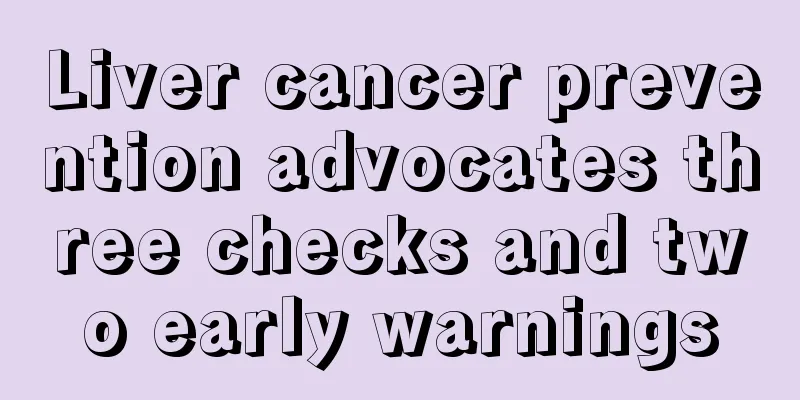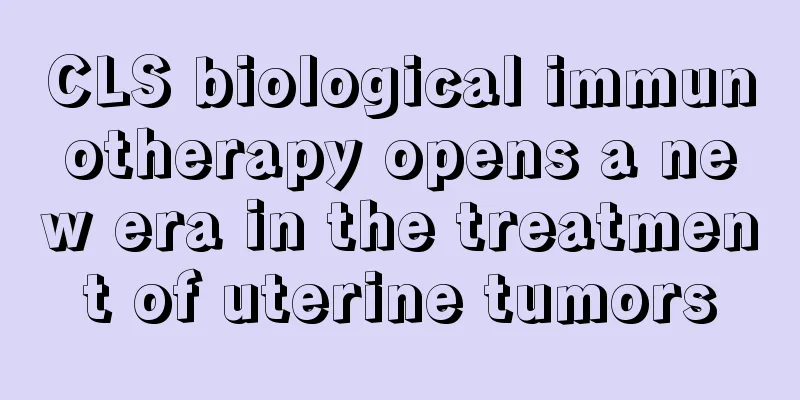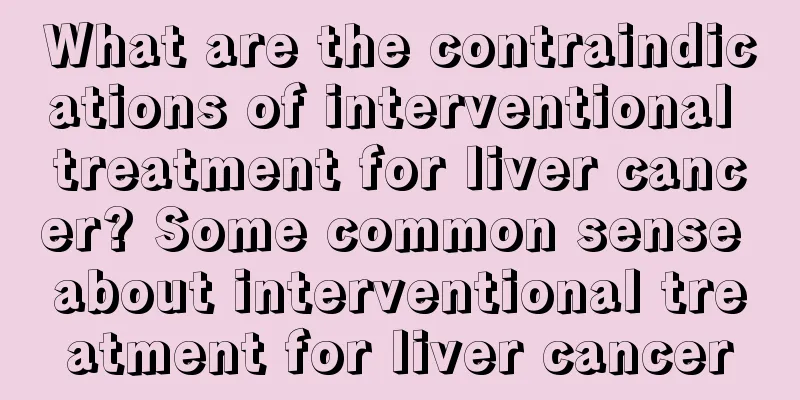Liver cancer prevention advocates three checks and two early warnings

|
Liver cancer is one of the common malignant tumors in my country with a high mortality rate. It ranks third in the death rate from malignant tumors, only after stomach and esophageal cancer. In rural areas of some regions, it ranks second, only after stomach cancer. About 110,000 people die from liver cancer in my country every year, accounting for 45% of the world's liver cancer deaths. By relying on serum alpha-fetoprotein (AFP) testing combined with ultrasound imaging to monitor high-risk groups, liver cancer can be diagnosed in the subclinical stage and the long-term effect of early resection is particularly significant. Combined with active comprehensive treatment, the five-year survival rate of liver cancer has been significantly improved. Therefore, for the prevention of liver cancer, we advocate three checks and two early detection. The three checks refer to the three-level general screening management. According to the risk level of liver cancer, the population prone to liver cancer is generally divided into three categories: The first category is high-risk groups, such as patients who develop cirrhosis due to chronic viral hepatitis (hepatitis B or hepatitis C). The second category is the moderate-risk group, such as patients with chronic viral hepatitis but no family history of cirrhosis and liver cancer. The third category is the low-risk group, such as patients with cirrhosis caused by non-viral reasons. The three-level census involves conducting different examinations based on three groups of people. Generally, high-risk groups should undergo relevant examinations (liver function, alpha-fetoprotein and ultrasound) every 3 months, moderate-risk groups should undergo examinations at least once every six months, and low-risk groups should undergo relevant examinations once a year. When suspicious cases are found, further CT, MRI or arterial angiography should be performed until liver cancer is ruled out. The two earlys refer to early prevention and early diagnosis. Clinical practice has shown that the treatment effects of small liver cancer with a diameter of less than 3 cm and mid- and late-stage liver cancer are completely different. Mid- to late-stage liver cancer is often accompanied by intra- and extra-hepatic metastasis, making it impossible to surgically remove the cancer, and interventional embolization and drug treatments are unlikely to be effective. However, for small liver cancer diagnosed in the early stages, surgical resection, embolization, ablation and other treatment methods are all effective. Early prevention is to avoid the spread of hepatitis, prevent damage to the liver caused by alcohol, drugs, etc., and prevent or alleviate the progression of liver fibrosis to the greatest extent. |
<<: How to prevent heat stroke in hot summer?
>>: Be careful to prevent "heat cold" in summer!
Recommend
What are the symptoms of thyroid cancer?
What are the symptoms of thyroid cancer? Thyroid ...
Seven things to do before going to bed to stop you from suffering from insomnia and dreaminess
Not getting enough sleep can harm your health. I ...
Vitamins needed by the human body
The human body needs many types of vitamins, such...
What is a normal pulse rate during exercise
Nowadays, exercise has become a very effective wa...
What are the most effective methods for treating sinusitis?
Sinusitis is a common and frequently occurring di...
How to prevent liver cancer in life? Pay attention to these 6 types of people who are prone to liver cancer
Liver cancer is a malignant tumor of the liver, w...
How many minutes do you usually spend brushing your teeth?
A healthy body is very important for everyone. We...
What is white blood cell infection? It is mostly bacterial infection
Routine blood tests revealed that white blood cel...
What to do if you have a sore throat after chemotherapy
For patients with different types of cancer, alth...
What is the reason for the nails to become thick and have white powder?
Thickening of the nails or the presence of white ...
How to treat eczematous dermatitis?
What patients with eczematous dermatitis fear mos...
Let me introduce you to the mid-term symptoms of bone cancer
Bone cancer can be divided into early, middle and...
What foods are good for liver cancer patients? Ten types of liver cancer infection risks to be aware of
Patients with liver cancer should eat more foods ...
Is the black bean and white vinegar hair dyeing method effective?
How to dye your hair with black beans and white v...
Can I eat tomatoes if I have constipation
Sometimes we are troubled by constipation, not on...









